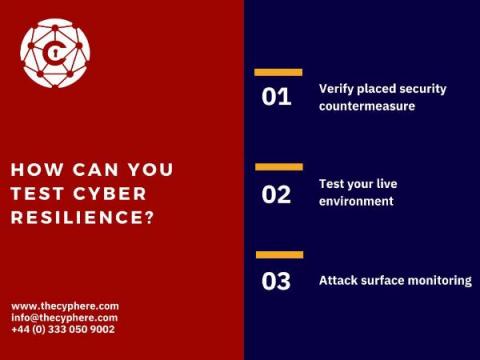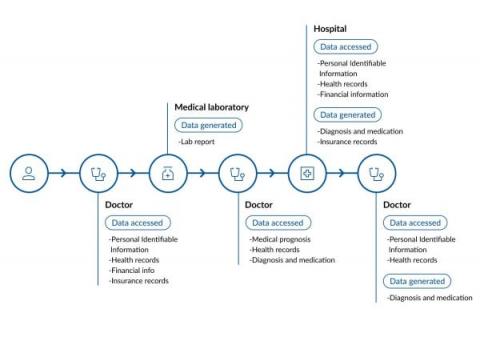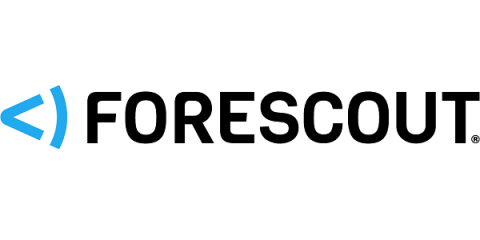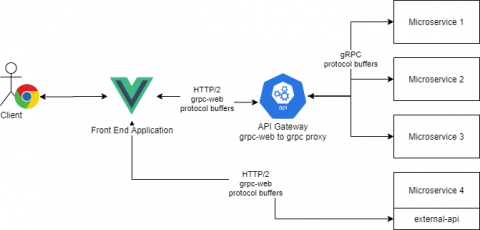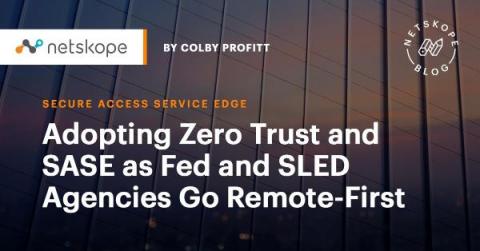5 Security Automation Myths Debunked
It has been argued that automation in the workplace tends to be misunderstood. Analysts are keen to point out that, despite myths to the contrary, automation isn't going to put most people out of work, for instance. Nor is AI going to become a real substitute for actual human intelligence. These are compelling arguments for rethinking the way we think about automation in general. But you can take the points further if you analyze the impact of automation on specific domains, such as cybersecurity. Indeed, automation is perhaps nowhere more misunderstood than in the realm of cybersecurity. To prove the point, here are five common myths about automation's impact on security, and why they're wrong.




